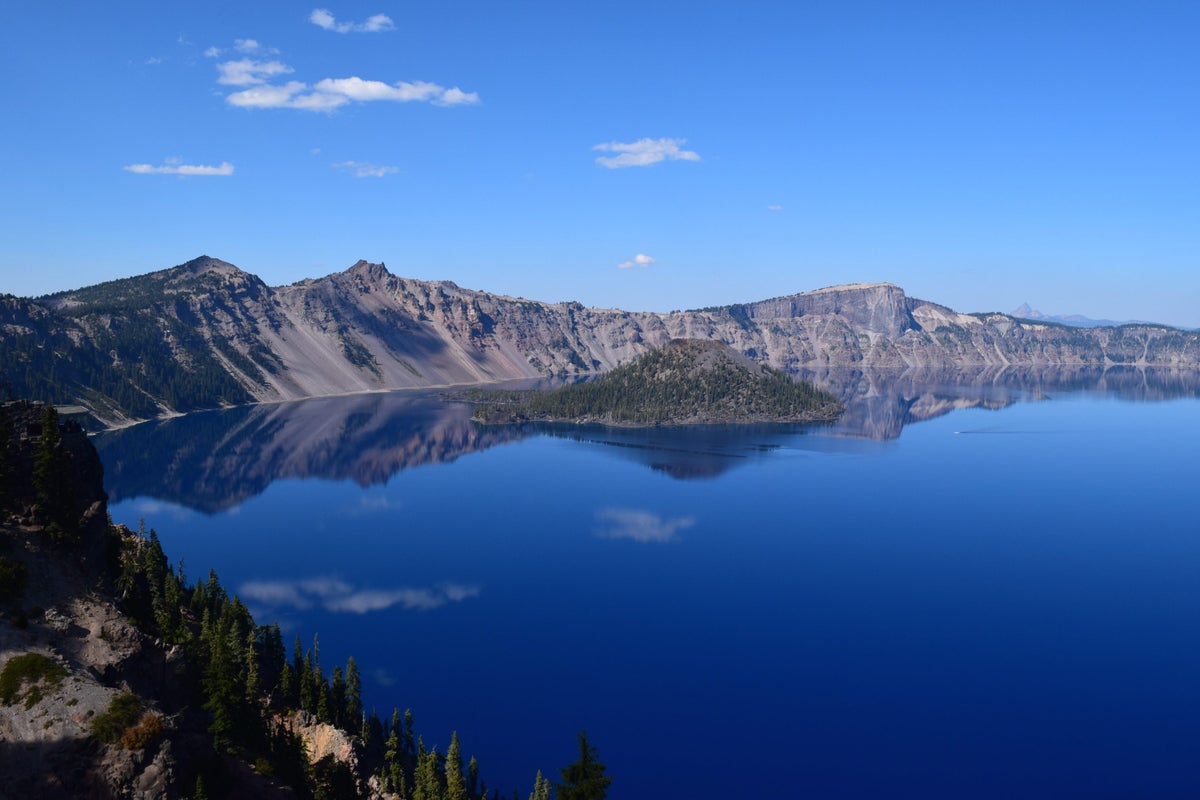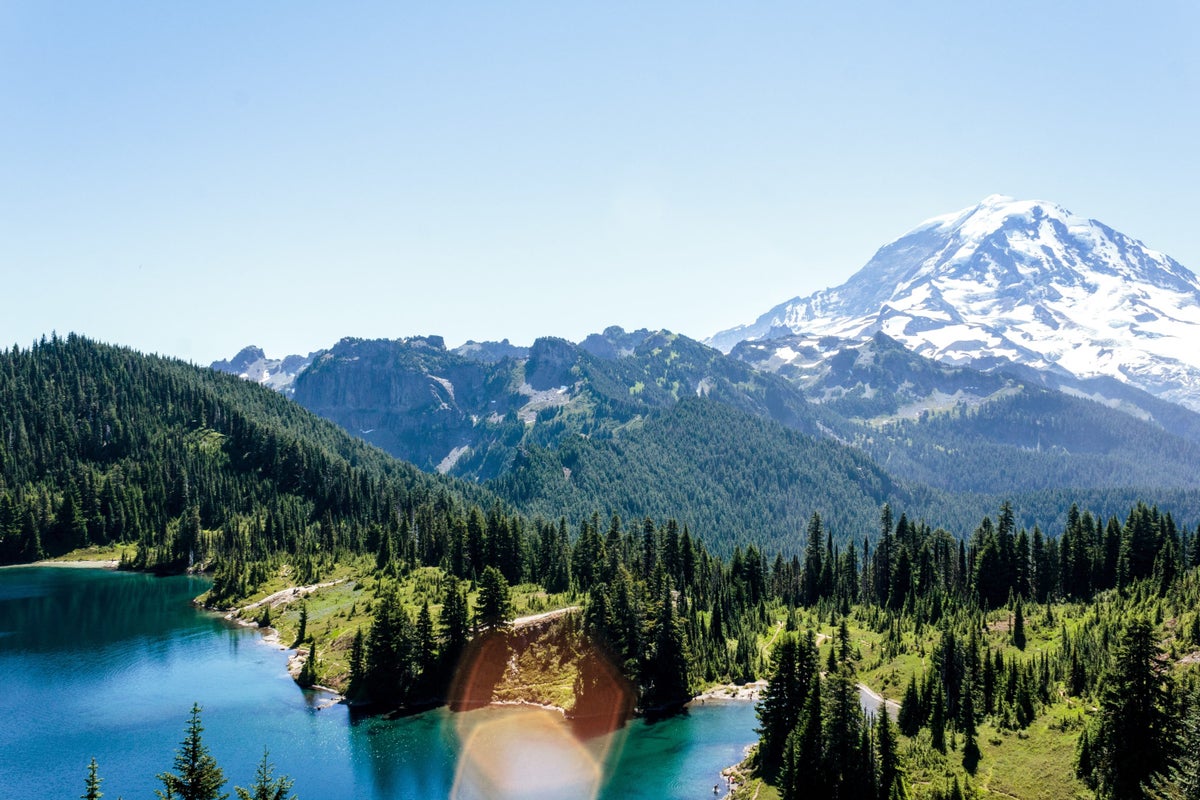Amar Hussain
Senior Content Contributor
779 Published Articles
Countries Visited: 63U.S. States Visited: 9
Amar is an avid traveler and tester of products. He has spent the last 13 years traveling all 7 continents and has put the products to the test on each of them. He has contributed to publications incl...
Edited by: Keri Stooksbury
Keri Stooksbury
Editor-in-Chief
33 Published Articles 3136 Edited Articles
Countries Visited: 47U.S. States Visited: 28
With years of experience in corporate marketing and as the executive director of the American Chamber of Commerce in Qatar, Keri is now editor-in-chief at UP, overseeing daily content operations and r...
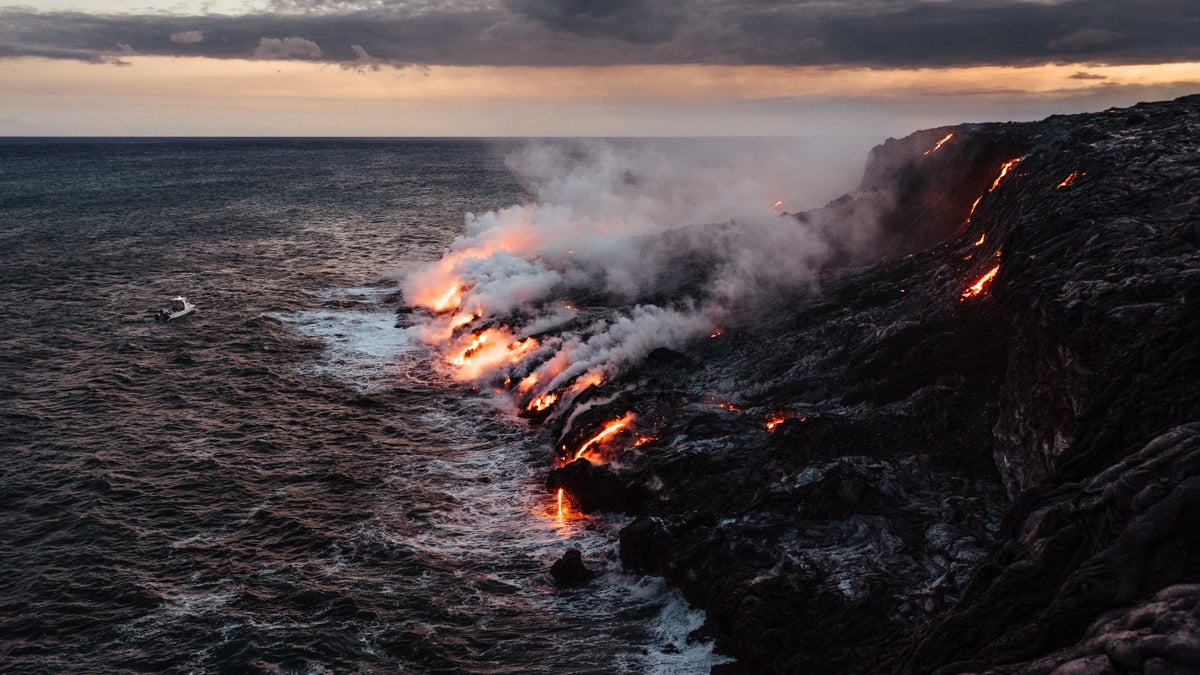
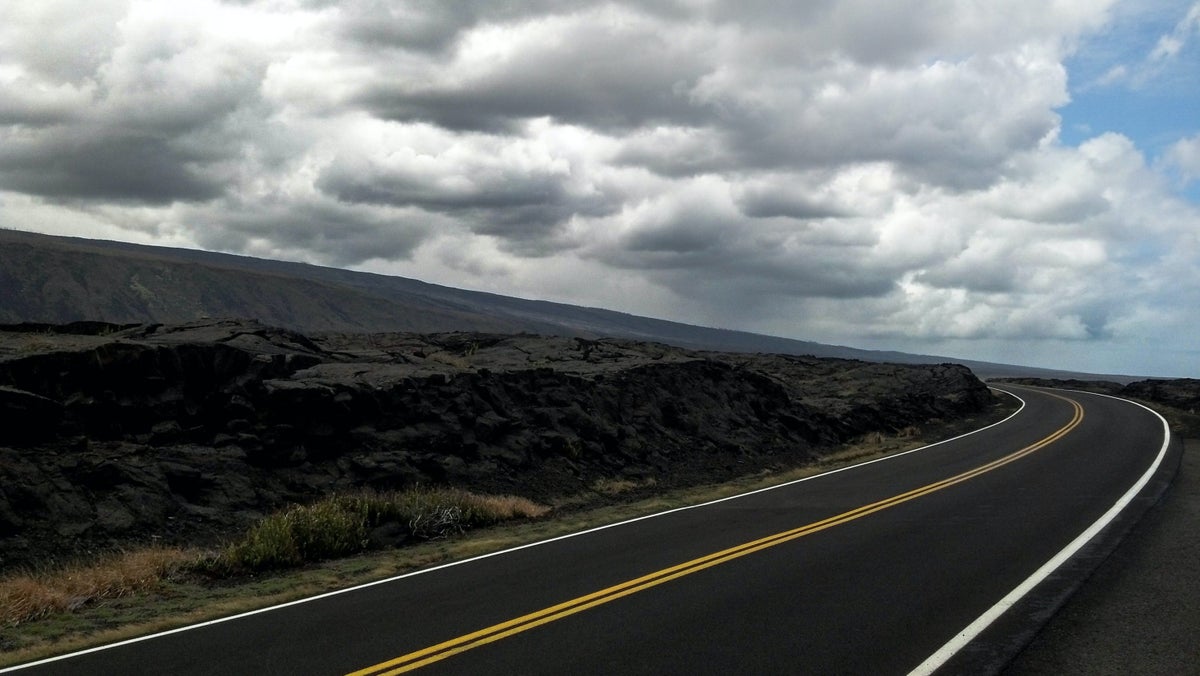
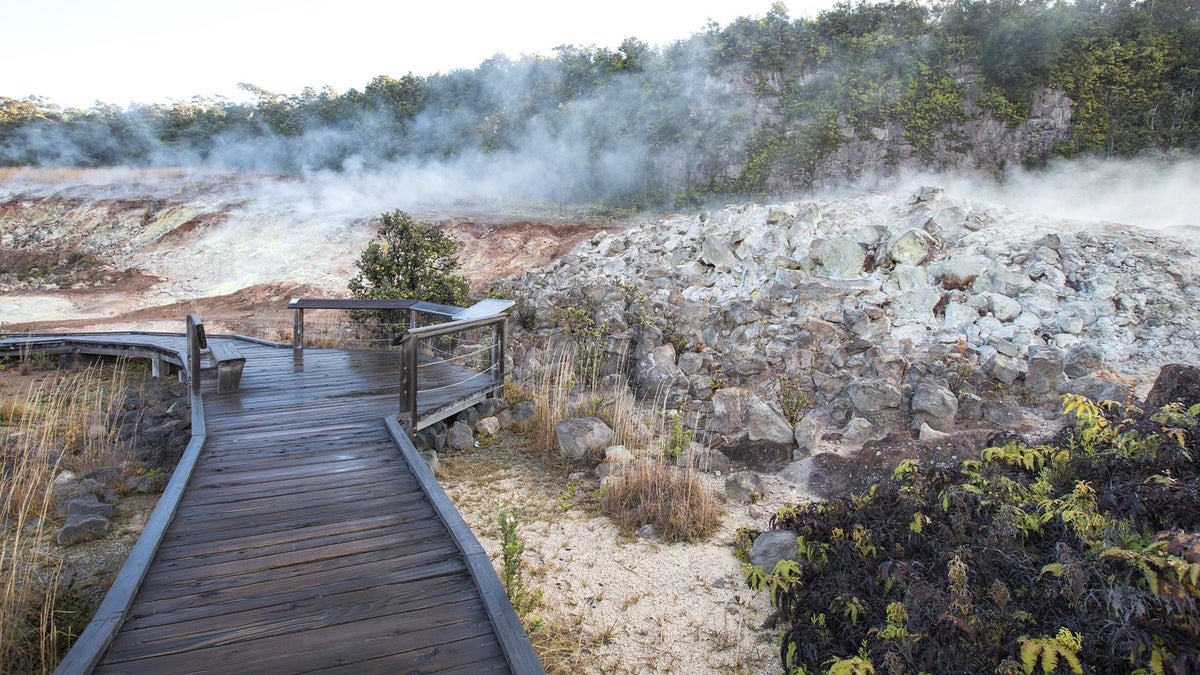
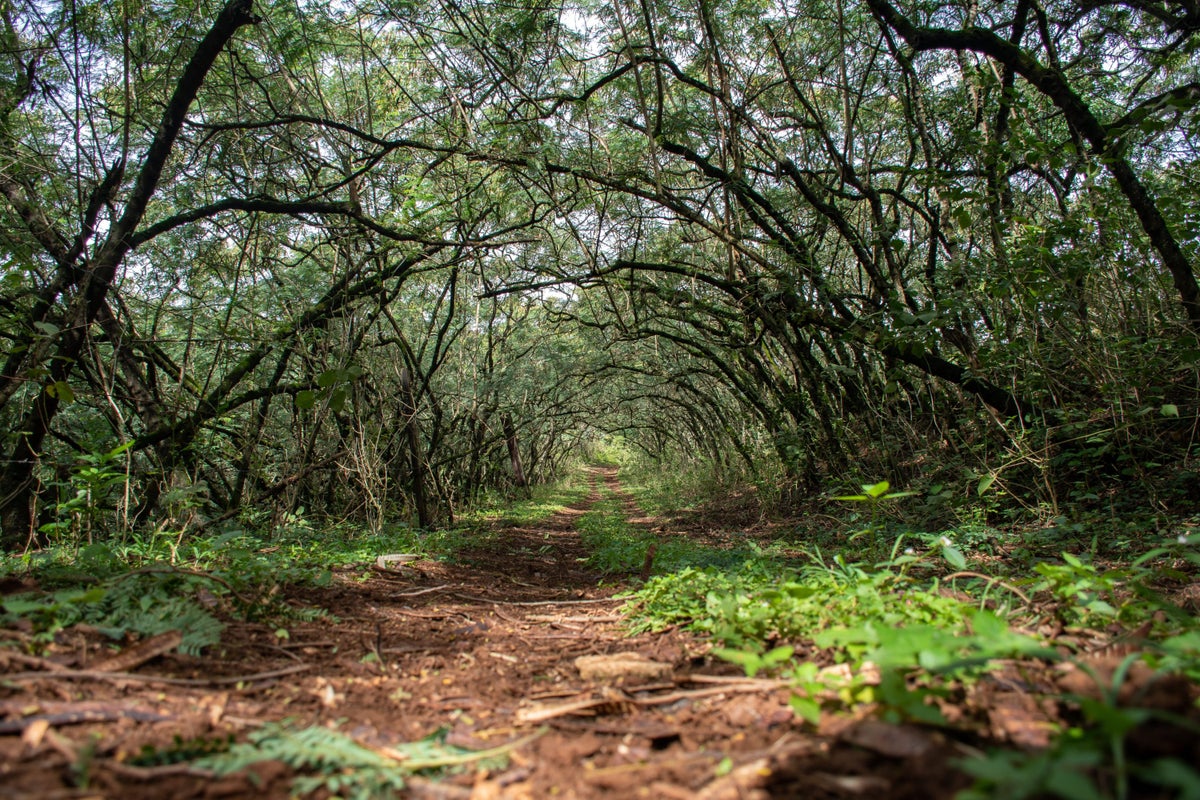
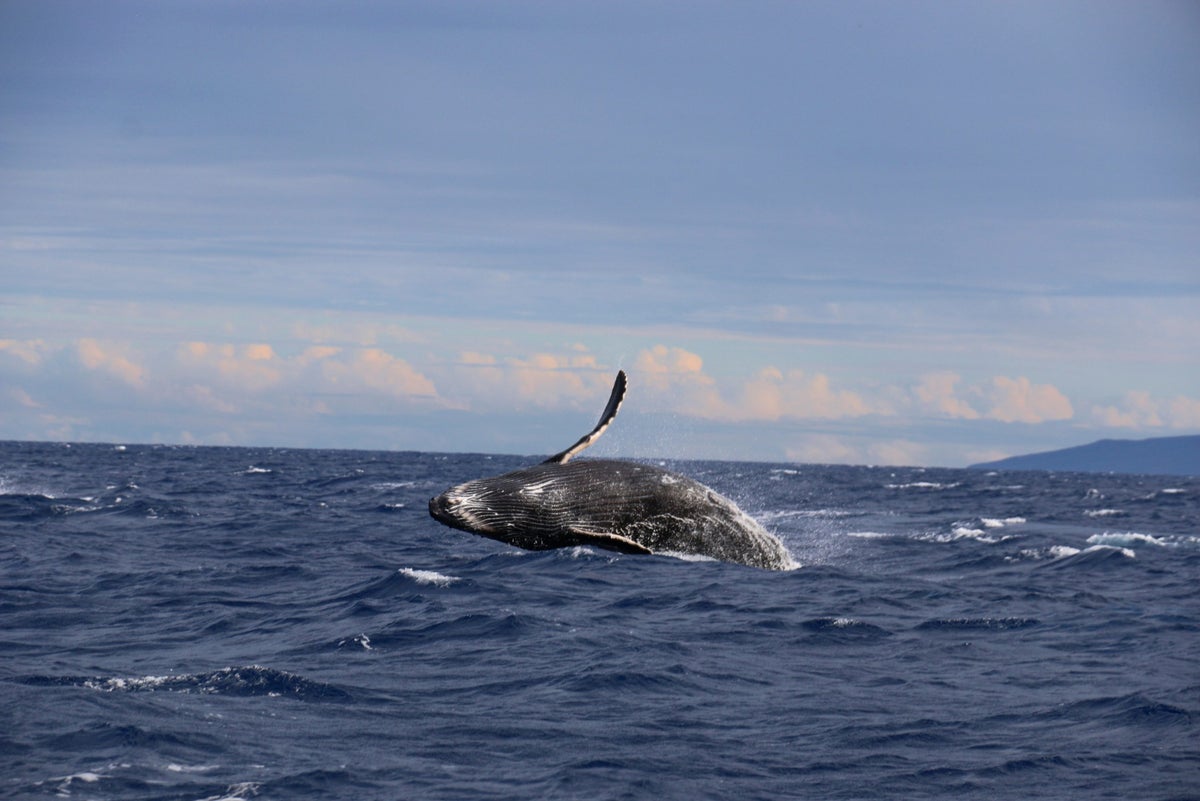
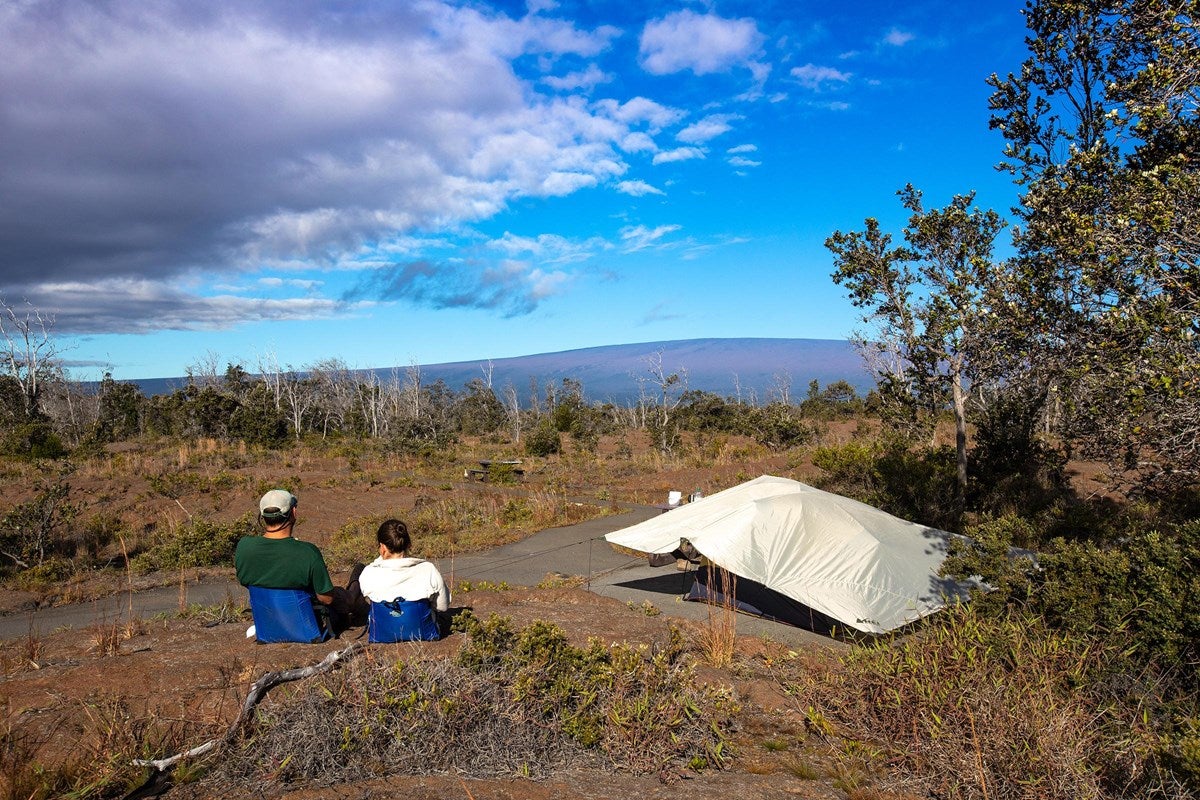
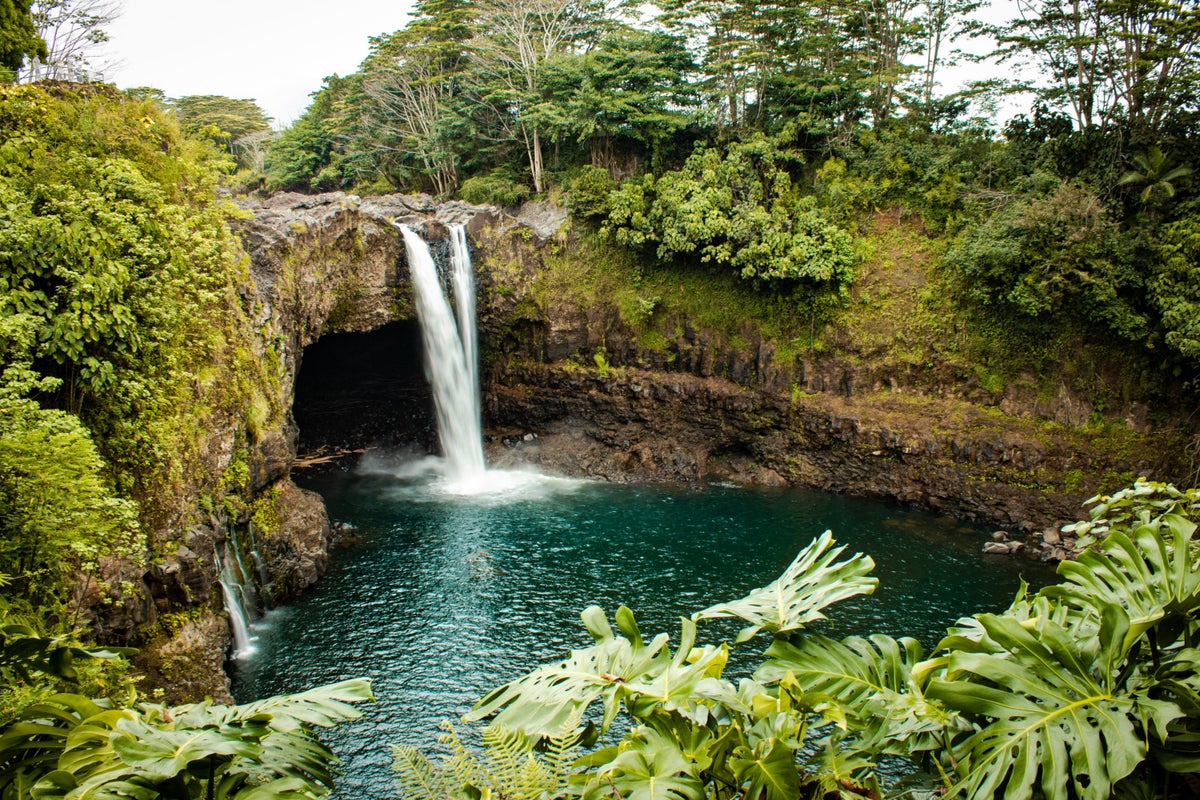
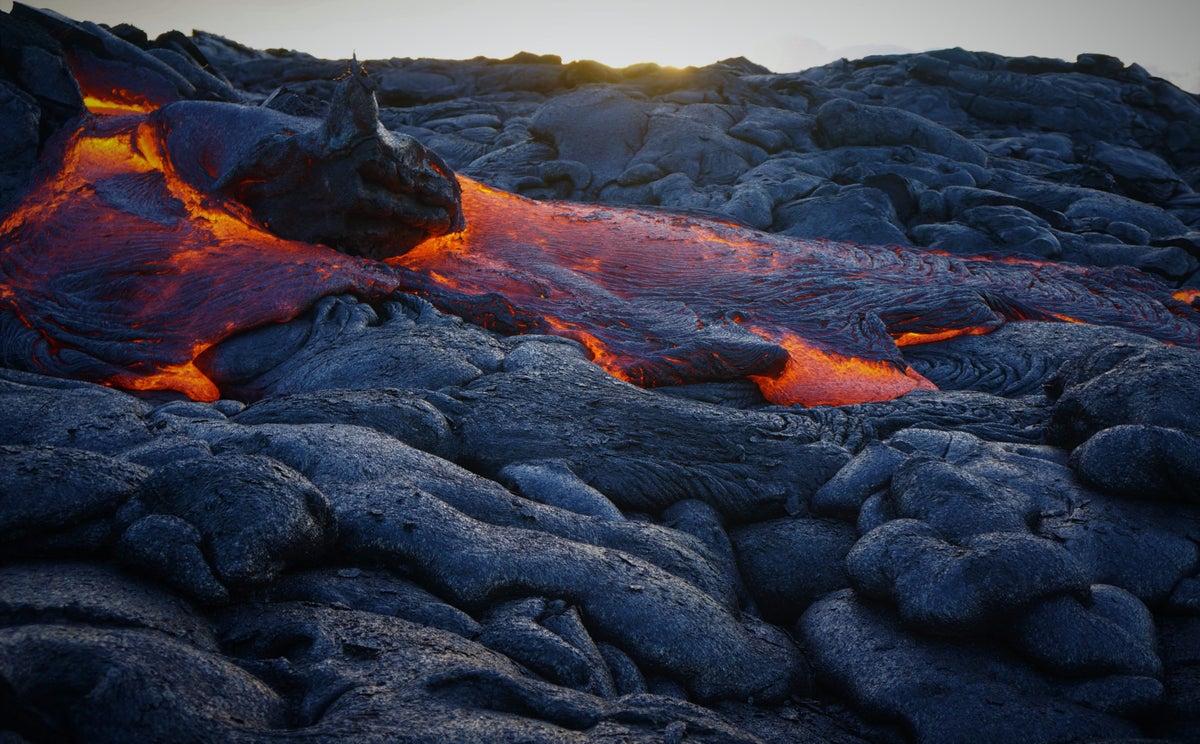

![Virtual Tours of the 63 Iconic U.S. National Parks [2024]](https://upgradedpoints.com/wp-content/uploads/2022/11/Arches-National-Park-View.jpg?auto=webp&disable=upscale&width=1200)
![The Ultimate Guide to 63 U.S. National Parks in 2024 [Map Included]](https://upgradedpoints.com/wp-content/uploads/2022/11/Rocky-Mountain-National-Park-Estes-Park.jpg?auto=webp&disable=upscale&width=1200)
